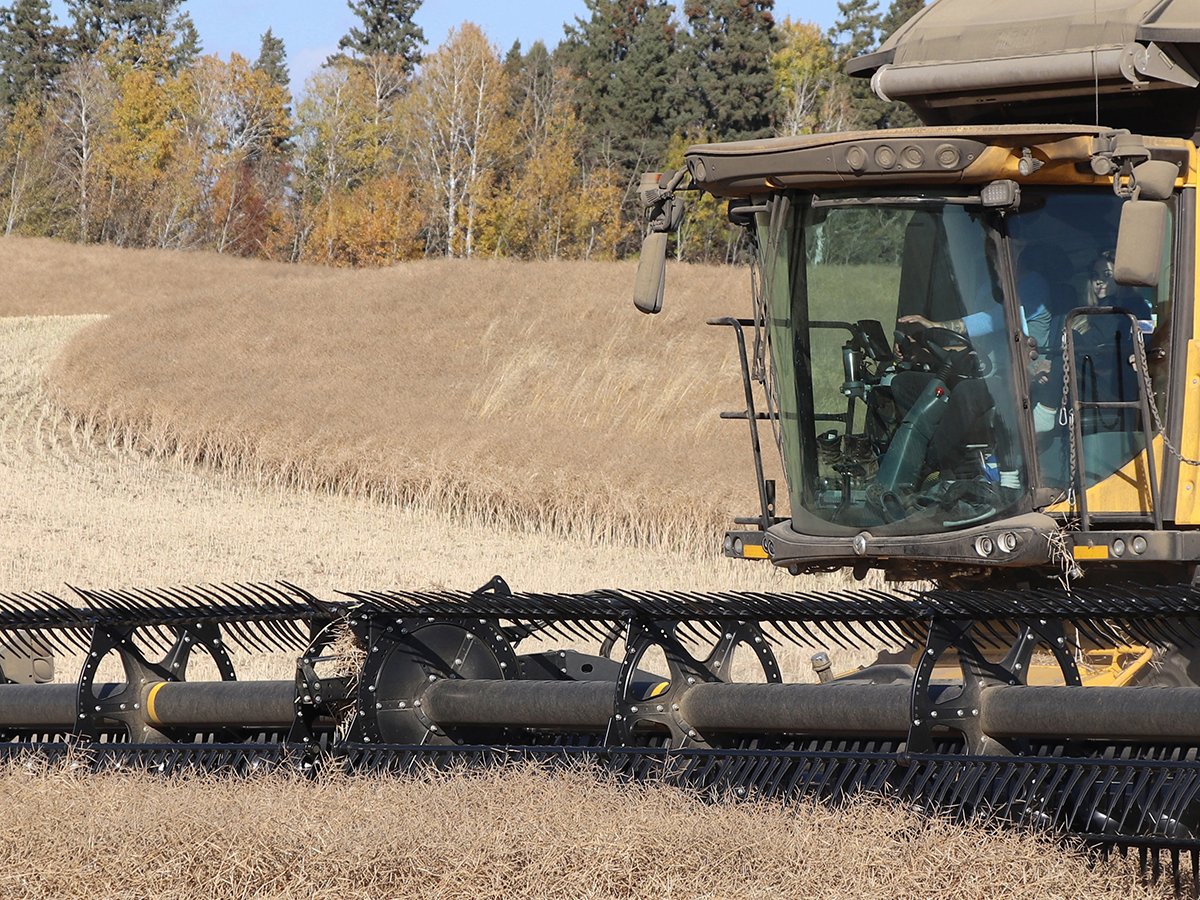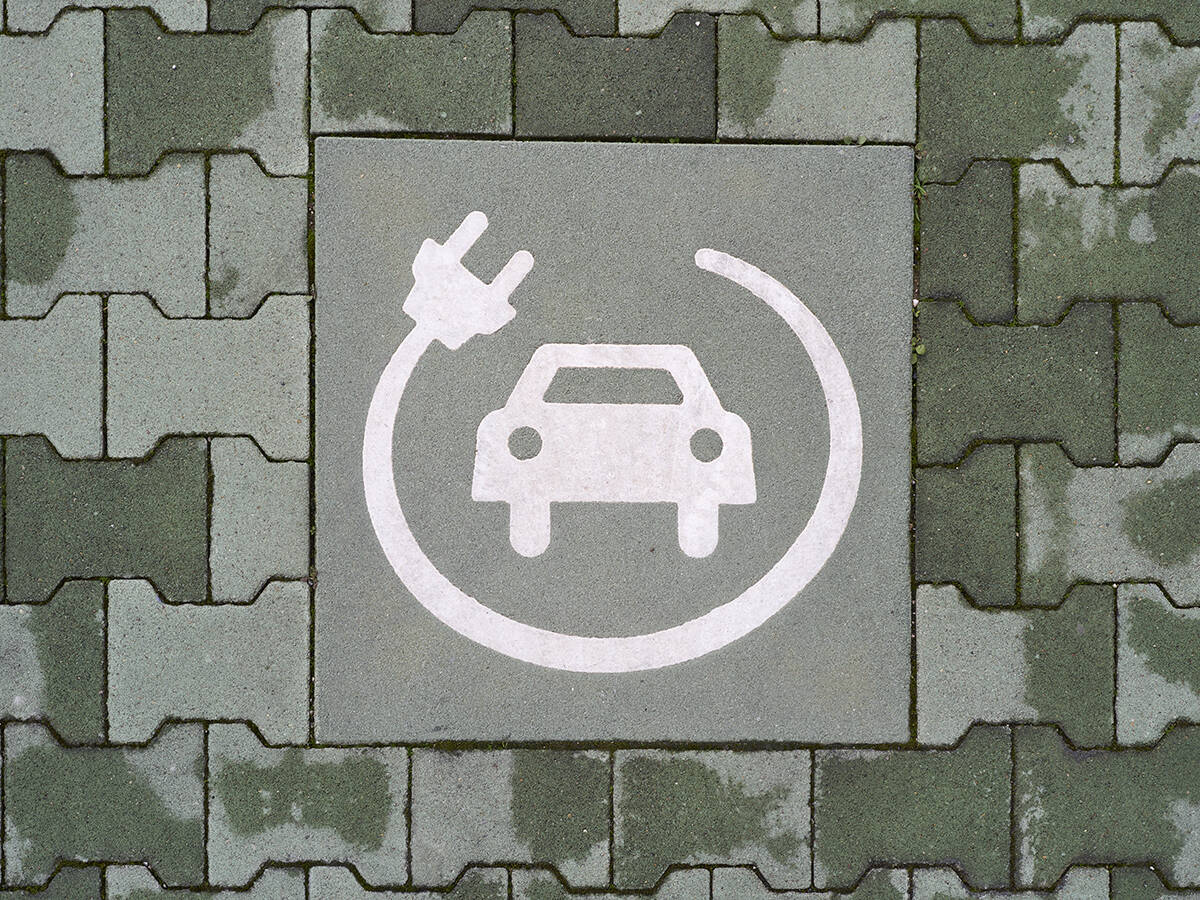Picture a Canadian industry that contributes $43 billion to the economy and employs about 200,000 people.
There aren’t many of those in this country. Any industry of that size should be considered indispensable.
And yet, while there is (understandable) national hand-wringing over the future of Canada’s auto industry — especially in light of U.S. president Donald Trump’s renewed tariff rampage — another industry, arguably more economically important, is being dangerously overlooked.
Read Also

Trump cuts off trade talks with Canada
UPDATED: October 24, 2025 – 0910 CST – Adds comments from Prime Minister Mark Carney. Reuters — U.S. President Donald…
That industry is canola.
A summer drive through Manitoba, Saskatchewan or Alberta makes the scale hard to miss. Yellow fields stretch to every horizon. Canola production has exploded over the past decade and has become the very lifeblood of the Prairies.
Without it, large parts of those provinces would be economically barren and far more sparsely populated.
We’re not talking about niche agriculture here — we’re talking about a foundational industry that keeps the lights on across three provinces.
Canada is the world’s largest exporter of canola. Its export-driven success makes it a cornerstone of the Prairie economy.
Now consider this: Canada’s auto manufacturing industry contributes about $19 billion annually to gross domestic product and employs around 125,000 people directly in assembly and parts manufacturing. Include distribution and aftermarket services, and you get a bigger figure, but the core numbers still pale in comparison to canola.
So, here’s the uncomfortable question: if you had to sacrifice one, which would it be?
It’s a Hobson’s choice — nobody wants to lose either. But Canada has been pushed into a position where something has to give.
The Trudeau government — and before that, the Biden administration — imposed 100 per cent tariffs on made-in-China electric vehicles.
The logic was straightforward: protect the billions being pumped into Canada’s auto sector and turn the country into a hub for EV innovation and production.
It was a defensive move, one meant to slow China’s dominance in the global EV market and give domestic manufacturers room to grow. Without it, cheap, well-built Chinese EVs would undercut Canadian and North American models before they ever left the factory floor.
However, China doesn’t take these things lightly. In retaliation, it slapped a 76 per cent tariff on Canadian canola.
Prairie farmers, many of whom are already grappling with rising costs and unpredictable weather, are now wondering if their main market is disappearing overnight.
More than two-thirds of Canada’s exported canola goes to China. The latest tariff hike has already wiped out an estimated $1 billion in value. And there’s no clear end in sight.
Manitoba Premier Wab Kinew was blunt recently: Canada cannot afford to be in a trade war with both the United States and China. He suggested that, in the short term, Ottawa should direct EV tariff revenues to support canola producers.
That may buy us some time, but the broader strategic question looms larger: with the U.S. under Trump becoming an increasingly unstable trade partner, and China punishing us for playing by American rules, where does Canada place its long-term bet?
It’s not an easy question to answer.
China is hardly an ideal partner. Its human rights record is abysmal, and its growing economic power often comes with strings attached.
But we also can’t deny that it has already become the global manufacturing centre in many key sectors, including electric vehicles.
Then there’s the United States. A long-time ally, yes, but under Trump, all bets are off. In January, he said of Canada, “we don’t need anything they have” — not cars, not oil, not even niceties.
The Canada–U.S.–Mexico Agreement governs most of Canada’s trade with our two largest partners. If Trump reopens the deal — and with Trump, it’s usually safest to take him literally — the Canadian auto industry may not survive. Billions in subsidies and protective tariffs won’t matter if the largest market slams its door shut.
So, again: what should we protect?

New markets for canola are being pursued in Europe, Japan and elsewhere. But they won’t match China’s scale anytime soon. Diversifying export markets takes years. Prairie farmers don’t have that kind of time.
Meanwhile, dreams of building a Canadian-made EV remain just that: dreams.
The auto sector may eventually pivot and survive, but right now, it’s the one on life support. Canola is the industry that’s vibrant — unless we let it get crushed in a trade crossfire.
I lived in an auto town for more than two decades. I know the stakes. I’ve seen what happens when plants close, when supply chains dry up and when livelihoods vanish.
But we need to be realistic.
Canola is a winning industry. It feeds the economy, supports thousands of families and helps keep our rural communities alive. It doesn’t need endless subsidies or federal cheerleading — it just needs stable access to markets.
That might mean giving ground on EV tariffs. That might mean swallowing some pride on the international stage. But Canada cannot afford to sacrifice a thriving sector to save one already on the brink.
If we’re going to make hard choices — and we will — let’s make the one that protects what still works.
Canada cannot lose canola.
Doug Firby is an editorial writer with more than four decades of experience working for newspapers, magazines and online publications. This article first appeared on the TroyMedia website.















